“Capturing a moment in S.C. history when children played with the familiar.”
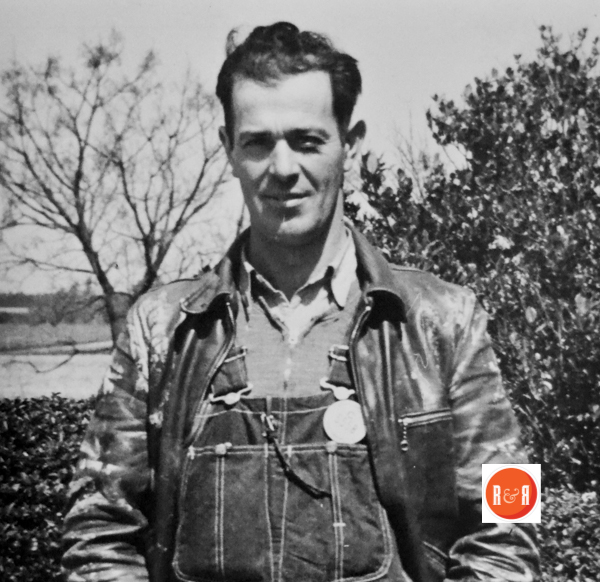
Brother-in-law, of the photographer.
City Directories and History: The two-story white house, left, was constructed shortly after the Civil War. It was purchased by James L. Cooper, Sr., in 1915. As is evident from the photograph several additions, including a kitchen, pantry, and screened porch were added over the years.
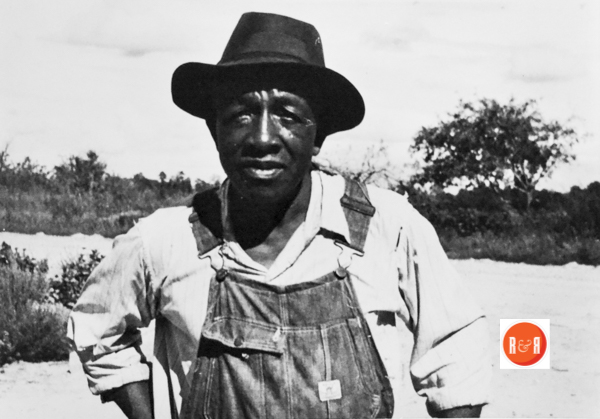
Mr. Tonch Winfrey, known as Uncle Tonch, sharecropped on the farm for many years. He would come to the barn early each morning to feed the mules. Grandmother Cooper would give him breakfast. Growing up J.L. Cooper, Jr., was very close to Uncle Tonch. He taught him to hunt –the art of spotting birds and animals and safely shooting a gun.
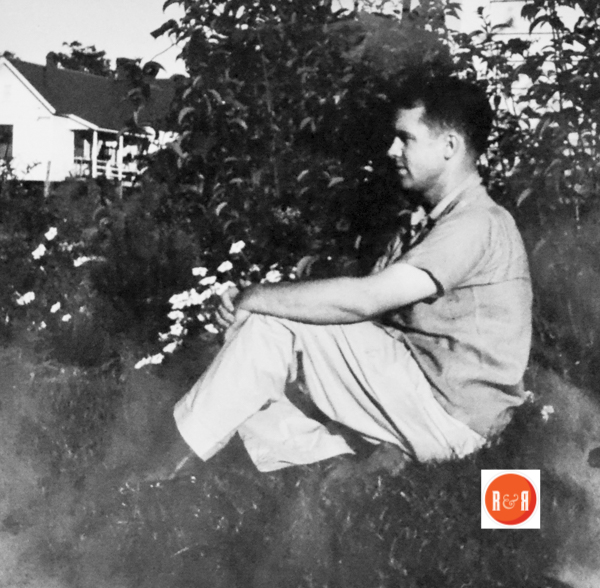
The images on this page are the work of James L. Cooper, Jr., who in this image shows his deep appreciation of the farm on which he was raised.
The Cooper Family album consists of some 90 images of their farm, the individuals who worked on it and the changing technology prior to WWII. The dependency of both white and African – American citizens on each other forged a lasting bonds of friendship which are depicted throughout the photography on exhibit. Running a large scale dairy farm was a labor intensive operation, as seven day a week enterprise.
A majority of the images in this album, mostly

Uncle Steve was not pleased with his picture being taken. Images courtesy of the Cooper Photo Collection – 2017
from the 1930s, were taken by Mr. James L. Cooper, Jr., (1908 – 1956), an accomplished photographer who proceeded his own film.
Contributor’s Notes: The animals on the farm, were the farm! Don’t think the people living on the farm didn’t develop an affection only for the family pets. Each individual animal had it own distinct personality. Some were much easier to train and some won their way in the hearts of their handlers. There were favorite mules and cows that were greatly mourned upon their passing.
During the period prior to WW II, rural farms, even those not many miles from town, had a much greater feeling of remoteness than now. All farm road were dirt, and a farm telephone was indeed rare. Consequently, the Farmer’s family and the families of the sharecroppers and hands were one anothers’ closest neighbors. The farmer’s wife usually had a special relationship with the wife of one of the hands, and the farmer’s children would become close playmates with the tenants’s children.
The sharecropper system was paternalistic. And, the hands and their families normally had little or no education. Naturally, they had to depend heavily on the farmer and his family, especially during sickness. The wives and daughters of the sharecroppers also often worked in the farmer’s home being paid wages.
The strict segregation and unwritten social codes required that proper distance be kept, but within these confinements, true and lasting friendships developed. Despite the lack of education, farm hands were very intelligent and adept at work. The farmer relied heavily on the knowledge and abilities of experienced farm hands.
My father, James L. Cooper, Jr. never got farming out of his blood. He was raised on the dairy farm, and my mother’s father was also a dairy farmer. After being stricken by a stroke, he improved enough to have a few cows and chickens but was unable to return to work as an accountant. Bill Cooper – Author
Additional information:
Stay Connected
Explore history, houses, and stories across S.C. Your membership provides you with updates on regional topics, information on historic research, preservation, and monthly feature articles. But remember R&R wants to hear from you and assist in preserving your own family genealogy and memorabilia.
Visit the Southern Queries – Forum to receive assistance in answering questions, discuss genealogy, and enjoy exploring preservation topics with other members. Also listed are several history and genealogical researchers for hire.
User comments welcome — post at the bottom of this page.
Please enjoy this structure and all those listed in Roots and Recall. But remember each is private property. So view them from a distance or from a public area such as the sidewalk or public road.
Do you have information to share and preserve? Family, school, church, or other older photos and stories are welcome. Send them digitally through the “Share Your Story” link, so they too might be posted on Roots and Recall.
Thanks! (Scroll down for additional images.)
COOPER FARM GALLERY:
- Uncle Steve didn’t like his image being taken while in the yard or as he opens the corn crib.
- Mr. Cooper herds a cow to the milking barn.
- Every farm needed at least one bull.
- Fishing with a cane pole was a regular activity on the farm.
- The Farmall tractor could plow much faster than a team of mules.
- Kitty too is displeased with her picture being taken at the family table.
- The photographer relaxes at home.
- Th arrival of electricity in 1936 began rapidly changing the rural South.
User comments always welcome - please post at the bottom of this page.

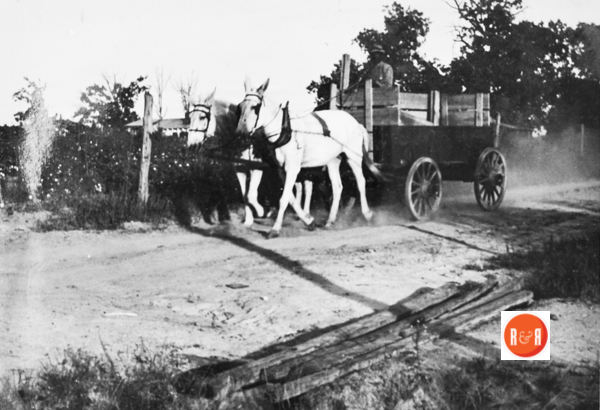


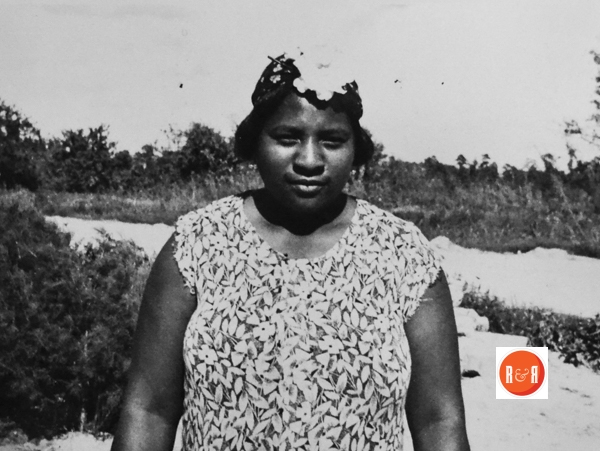
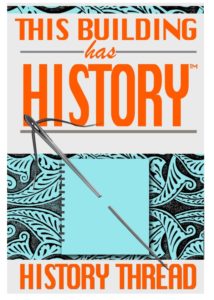

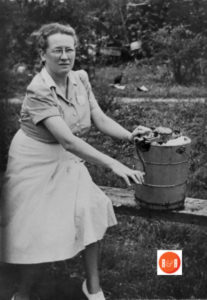


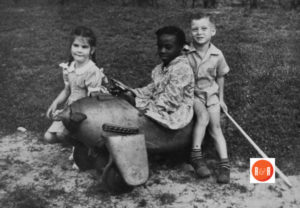
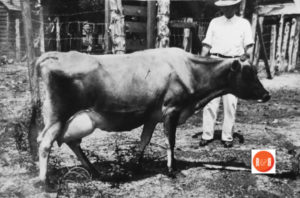


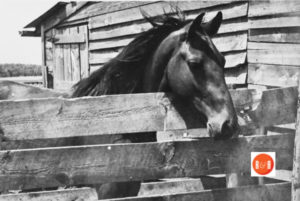










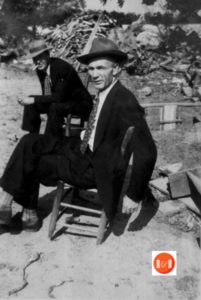
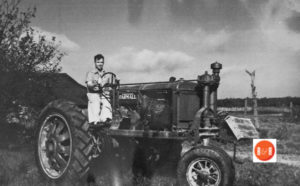







Share Your Comments & Feedback: